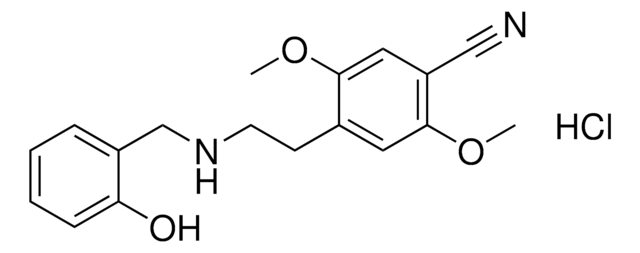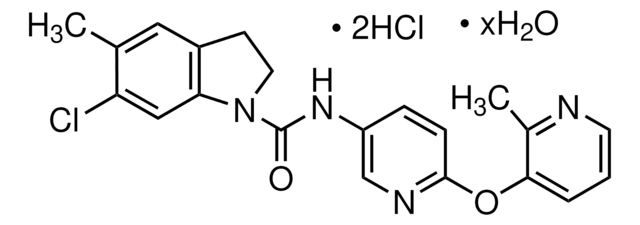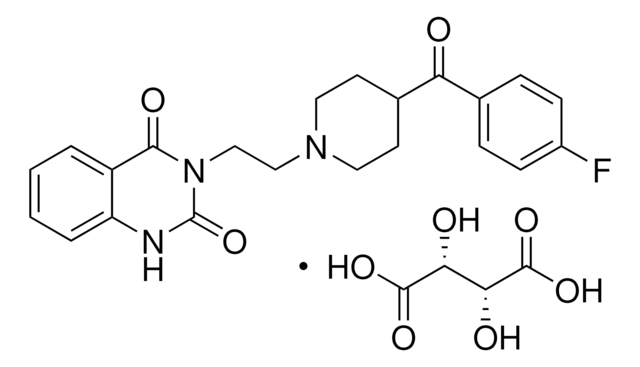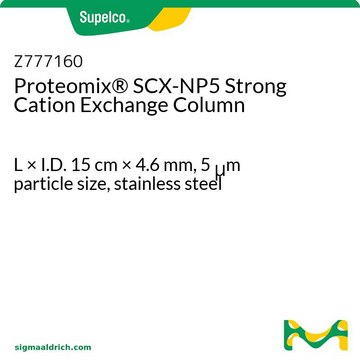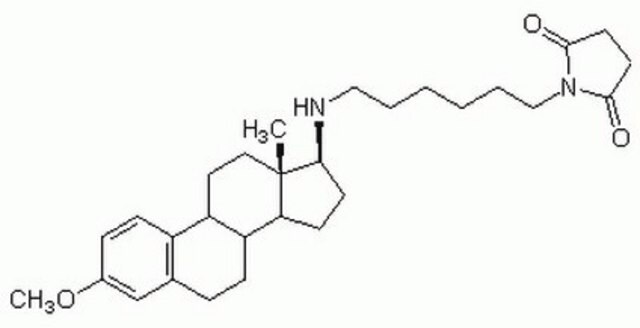SML0115
MDL 11939
≥98% (HPLC)
Synonim(y):
α-Phenyl-1-(2-phenylethyl)-4-piperidinemethanol, Glemanserin, MDL11939
About This Item
Polecane produkty
Poziom jakości
Próba
≥98% (HPLC)
Postać
powder
kolor
white to tan
rozpuszczalność
DMSO: ≥8 mg/mL
inicjator
Sanofi Aventis
temp. przechowywania
2-8°C
ciąg SMILES
OC(C1CCN(CCC2=CC=CC=C2)CC1)C3=CC=CC=C3
InChI
1S/C21H27NO/c23-21(19-11-5-2-6-12-19)20-13-16-22(17-14-20)15-7-10-18-8-3-1-4-9-18/h1-6,8-9,11-12,20-21,23H,7,10,13-17H2
Klucz InChI
CTDVLAJTGZQELM-UHFFFAOYSA-N
Działania biochem./fizjol.
Cechy i korzyści
Hasło ostrzegawcze
Warning
Zwroty wskazujące rodzaj zagrożenia
Zwroty wskazujące środki ostrożności
Klasyfikacja zagrożeń
Aquatic Acute 1
Kod klasy składowania
11 - Combustible Solids
Klasa zagrożenia wodnego (WGK)
WGK 3
Temperatura zapłonu (°F)
Not applicable
Temperatura zapłonu (°C)
Not applicable
Certyfikaty analizy (CoA)
Poszukaj Certyfikaty analizy (CoA), wpisując numer partii/serii produktów. Numery serii i partii można znaleźć na etykiecie produktu po słowach „seria” lub „partia”.
Masz już ten produkt?
Dokumenty związane z niedawno zakupionymi produktami zostały zamieszczone w Bibliotece dokumentów.
Nasz zespół naukowców ma doświadczenie we wszystkich obszarach badań, w tym w naukach przyrodniczych, materiałoznawstwie, syntezie chemicznej, chromatografii, analityce i wielu innych dziedzinach.
Skontaktuj się z zespołem ds. pomocy technicznej